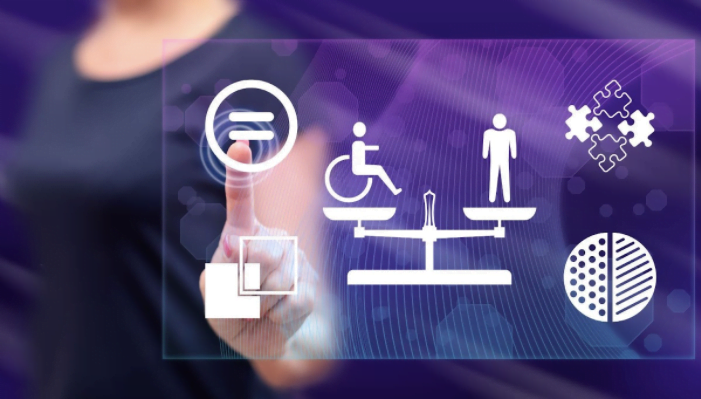Technology for access to human rights
Where there are miscarriages of justice there should exist simple and effective ways to make complaints. Seeking justice, however, is not always simple. In Australia, there exist 65 complaints bodies, making the process confusing and potentially cumbersome.
For people who experience disability, Human Rights complaints are, unfortunately, more common. And accessibility to make a complaint can be an issue.
Technology in the form of a chatbot may sound a little futuristic, but it may be one key to driving change and increasing access to justice – for everyday people and for those who experience disability.
A human rights issue
In this financial year alone, The Australian Human Rights Commission has received more than 810 disability-related discrimination complaints. And those disability complaints comprise 52% of the total number of complaints the commission has received.
The high representation of disability complaints highlights an issue in Australian society. An issue, that’s part of a larger problem. In Australia, only 16% of people who have a legal issue are able to gain access to a lawyer.
Take Heike Fabig who is the mother of two children who experience disability. Ms Fabig says that her children experience discrimination on a weekly basis. One such incident occurred on a plane where her son, who is in a wheelchair, was unable to access the bathrooms for an entire flight.
That, among many other incidents, has led Ms Fabig to make Human Rights complaints over the years. And more recently, to lead a new technology project.
A chatbot for change
Tech4Justice is an organisation looking to change how citizens make complaints. The organisation is created by Macquarie University Law School and law firm K&L Gates, run by law students and with Ms Fabig as CEO. Tech4Justice create chatbots with the aim of automating complaints, increasing access to justice and ultimately driving change.
With chatbots, the complaint making process is simplified. Writing the complaint is easier as is identifying who to make the complaint to.
In practice, the chatbot asks a series of questions about the discrimination that the person has faced. From there, it automatically generates a complaint for submission to the Australian Human Rights Commission. Ultimately, taking the hassle out of what can be a stressful process.
Increasing access to justice
While the initial chatbot has focussed on discrimination, future bots will cover other complaint areas to empower citizens and increase access to justice.
Naturally, there are limitations. For some people who experience disability, a chatbot isn’t an appropriate means to submit a claim. The chatbot does, however, increase opportunities across the board and it appears to have already assisted people in getting their complaints across succinctly.
While there is more to be done, we see this as an exciting step forward for people who experience disability. The hope is that with greater access to make complaints, more progress will be made across the board.
John Drill, CEO of myAutonomy is in favour of such innovation. Through his work with participants and their families, it’s become clear that many would benefit from greater access to avenues for feedback via technology applications, like a chatbot.
“We see examples of discrimination, and we know our community experiences it every day. Discrimination can happen when businesses deliver services or use tools that have not taken our community’s needs into consideration. I like this concept. It’s important for everyone to have a variety of mechanisms to provide feedback” he said.
This article first appeared here on the ABC news website.
We’re here to help, and we welcome your feedback. Feel free to contact our team on 1300 60 33 89, or email us at [email protected]





